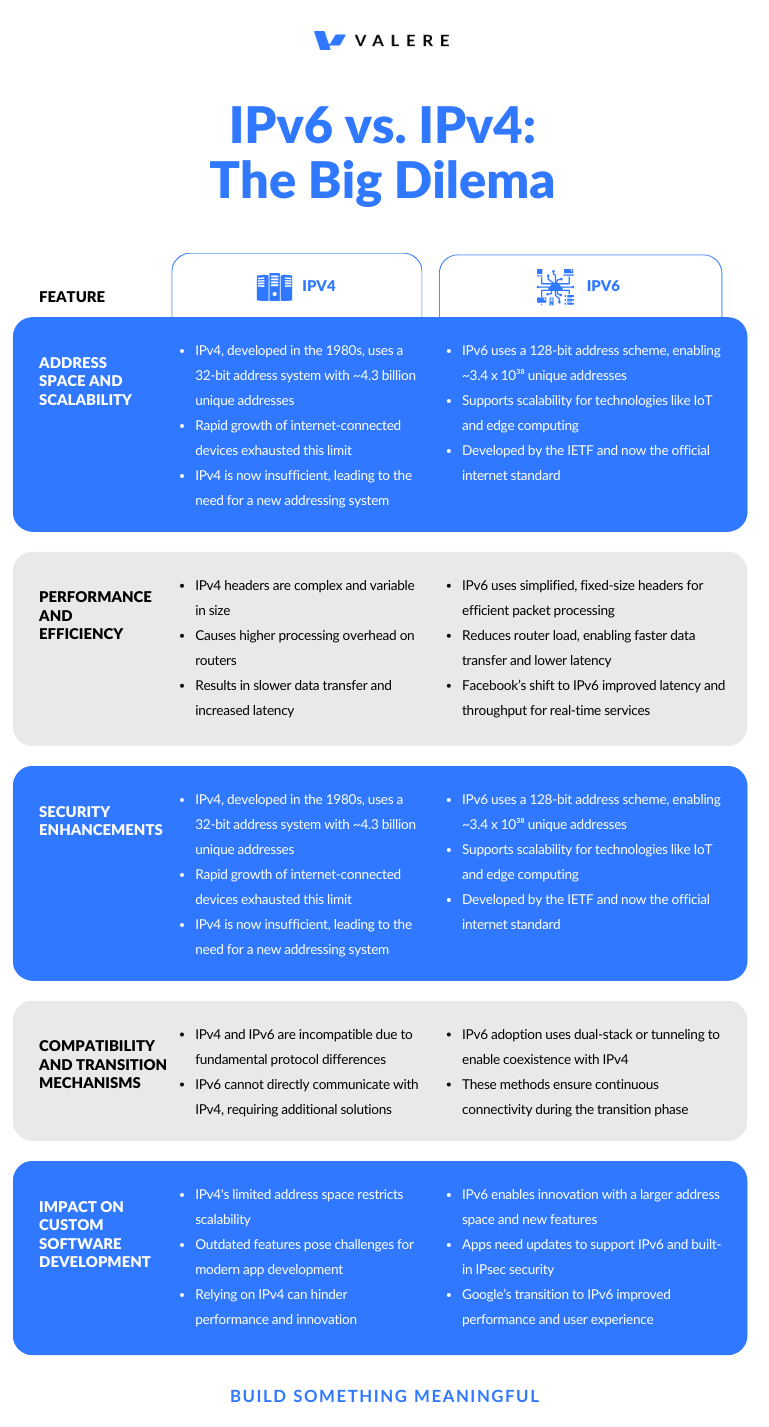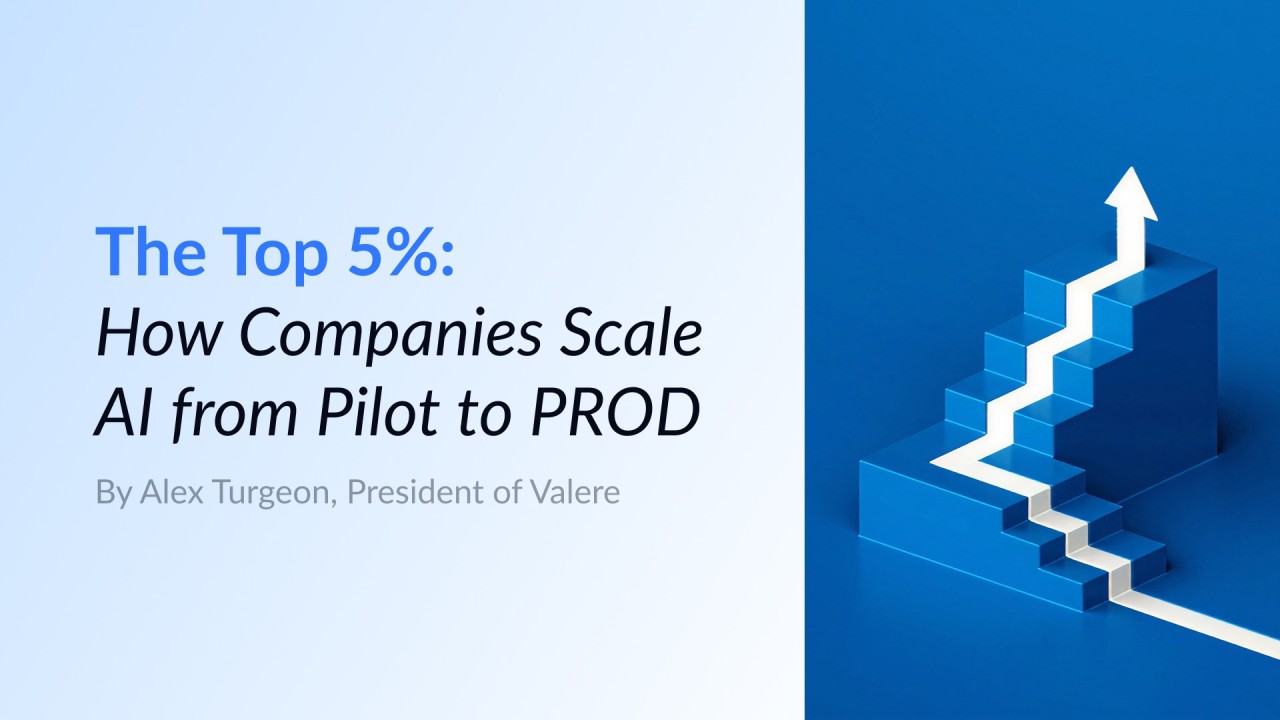Address Space and Scalability
IPv4, created in the early 1980s, uses a 32-bit address scheme, allowing for approximately 4.3 billion unique addresses. The exponential growth of internet-connected devices has exhausted this limit, leading to the development of IPv6. IPv6 uses a 128-bit address scheme, offering an almost limitless number of unique IP addresses (3.4 x 10^38). This vast address space ensures scalability for future technologies like IoT and edge computing, which require numerous IP addresses.The internet runs on a system called the Internet Protocol (IP) that gives devices an address to find each other. This system, like many things, gets full sometimes! IPv6 is the newest version of IP, designed to handle WAY more devices than the old system (IPv4). It was created by a group called the Internet Engineering Task Force (IETF) and is now the official standard for the internet.Performance and Efficiency
IPv6 enhances performance through streamlined packet processing. Unlike IPv4, IPv6 headers are simplified and fixed in size, which reduces the processing overhead on routers. This efficiency can lead to faster data transfer rates and lower latency, which are critical for applications demanding high performance, such as AI/ML data processing and real-time analytics.Case Study: Facebook’s transition to IPv6 resulted in a noticeable improvement in performance metrics. They reported lower latency and higher throughput, which is particularly beneficial for their real-time services.Security Enhancements
IPv6 was designed with security in mind. It incorporates IPsec (Internet Protocol Security) as a fundamental feature, providing confidentiality, integrity, and authentication of data. IPsec is easier to use with IPv6 than with IPv4, making communication more secure in the process.Data Point: According to a study by the Internet Society, networks utilizing IPv6 showed a 25% reduction in the number of detected security threats compared to those using IPv4, thanks to the built-in security features.Compatibility and Transition Mechanisms
Transitioning from IPv4 to IPv6 is not without challenges. IPv6 is not backward compatible with IPv4, necessitating dual-stack implementations or tunneling mechanisms during the transition period. These methods allow for the coexistence of both protocols, ensuring uninterrupted service during the gradual shift.Impact on Custom Software Development
For software developers, the transition to IPv6 offers opportunities to innovate and optimize. Custom software needs to be designed or updated to support IPv6, ensuring compatibility and leveraging the benefits of the new protocol. This includes handling the larger address space, optimizing for IPv6-specific features, and ensuring security through built-in IPsec support.Google developers found that updating their services for IPv6 was challenging but led to better performance and user experience.
Conclusion
Moving from IPv4 to IPv6 is more than just a technical upgrade. It is a strategic decision that provides important benefits like scalability, performance, and security for businesses today. For CIOs, CTOs, and IT leaders, planning and executing this transition can future-proof your infrastructure. Data scientists, analysts, and AI/ML engineers will benefit from the enhanced capabilities of IPv6 in handling large datasets and real-time processing.Action Items
- Evaluate your current network infrastructure and develop a transition plan to IPv6.
- Update your custom software development practices to support and optimize for IPv6.
- Invest in training for your IT and development teams to understand and implement IPv6 features effectively.




